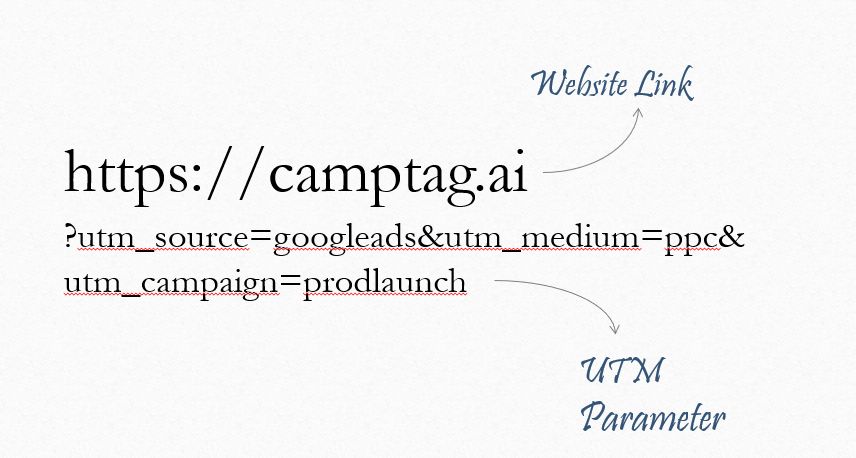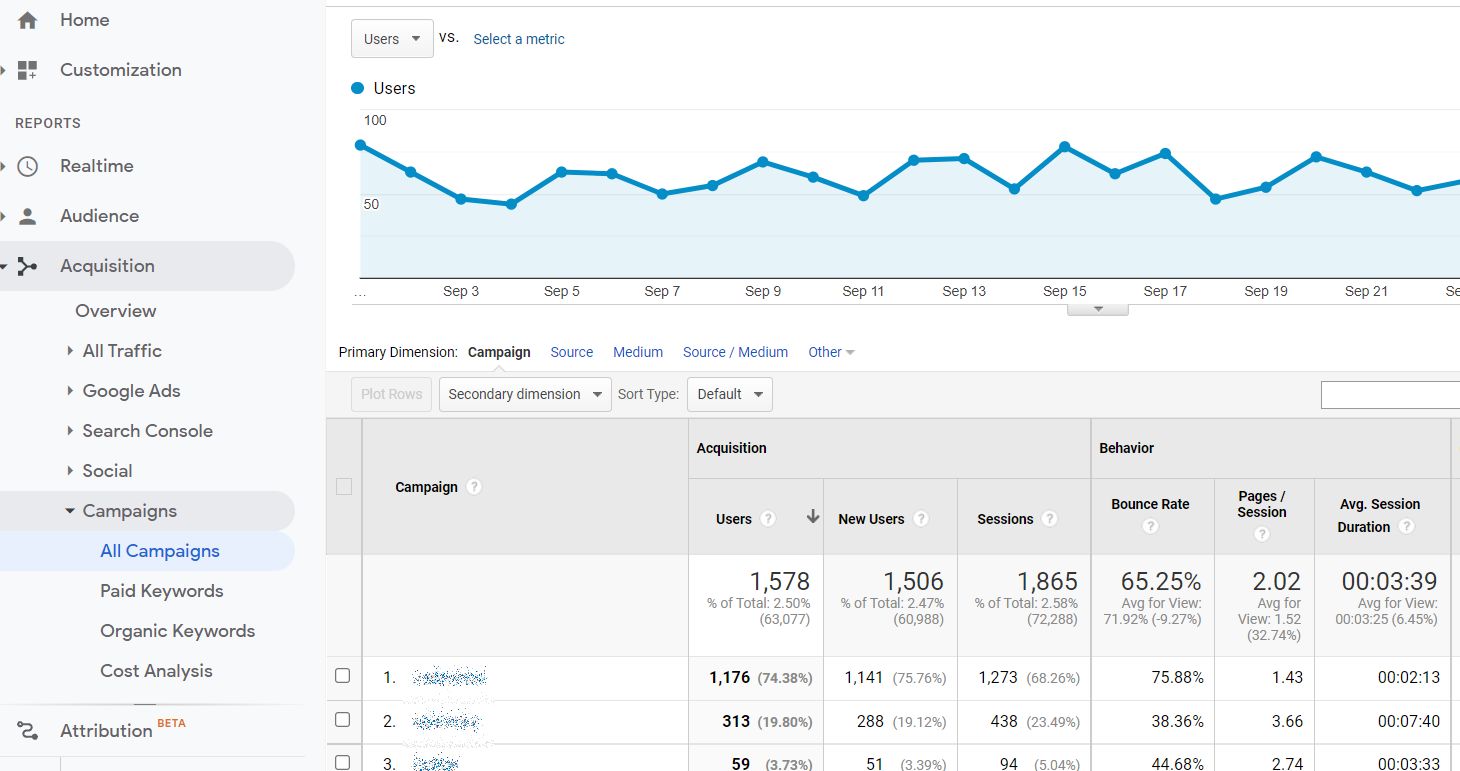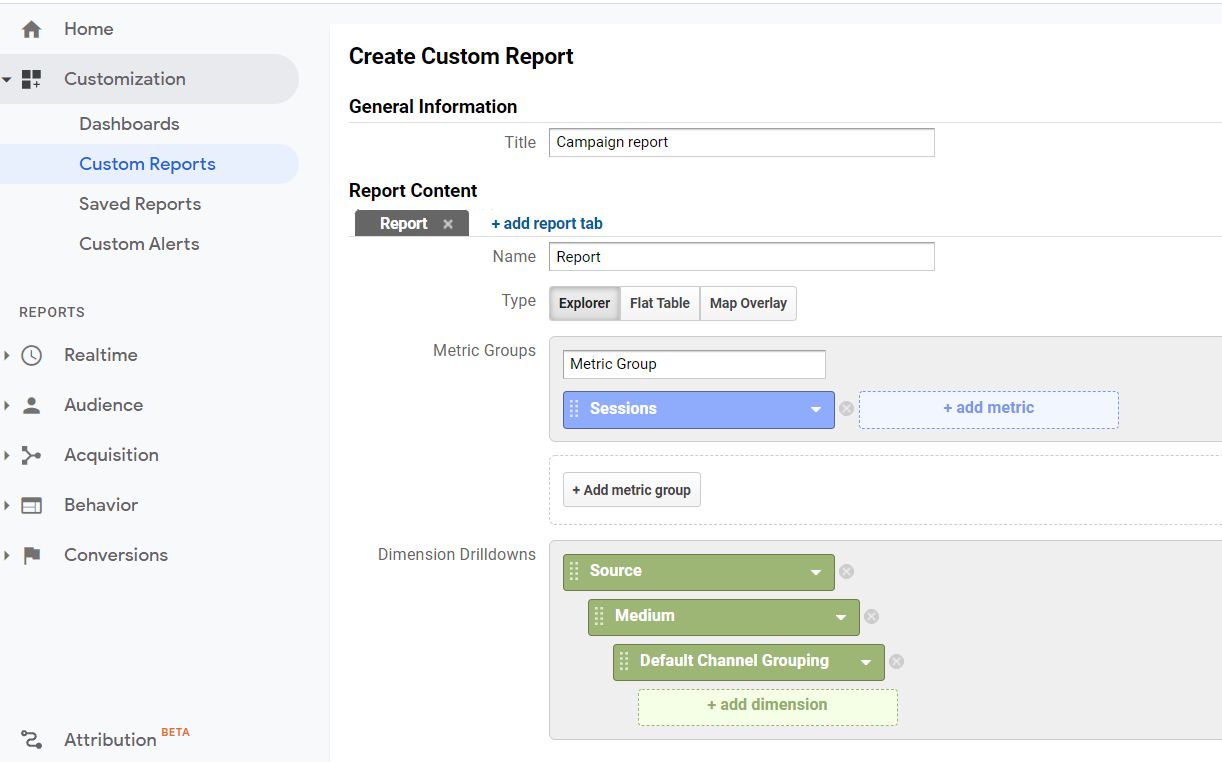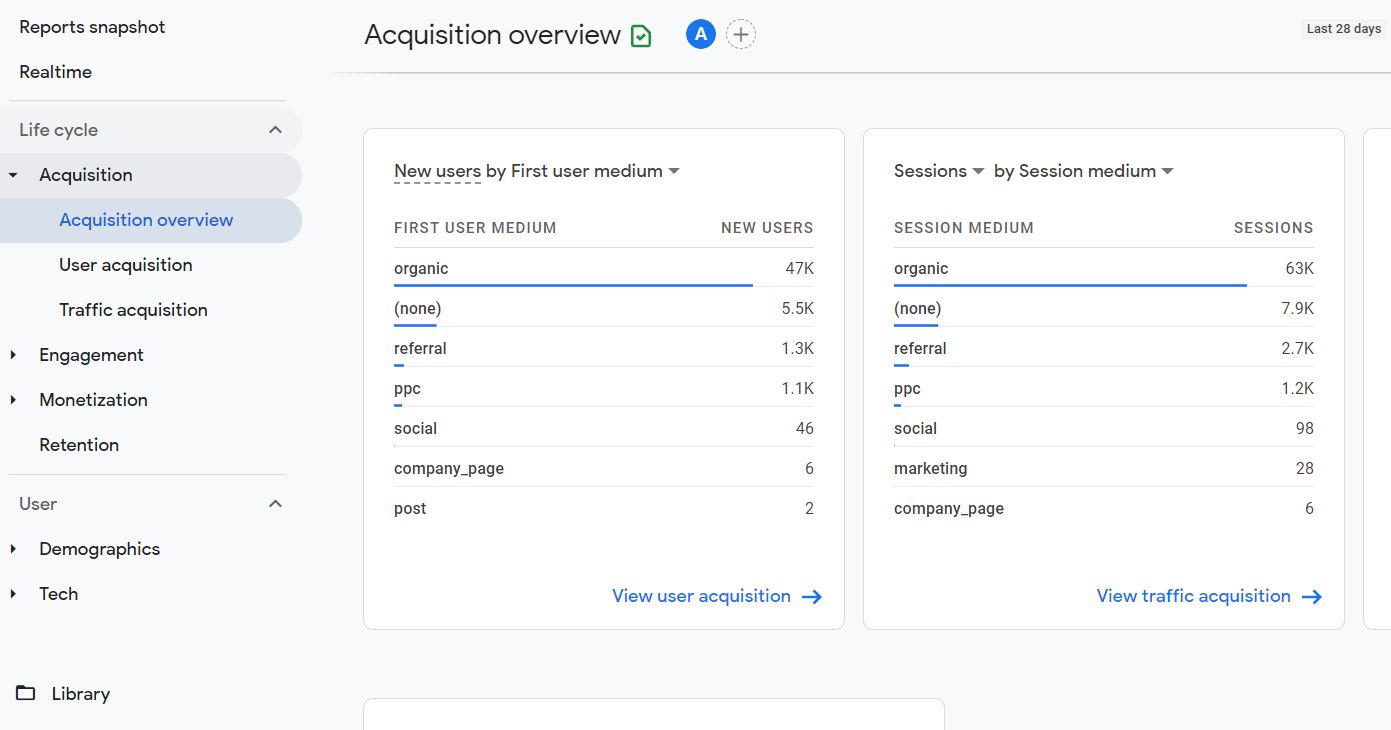Introduction to UTM parameters
UTM stands for Urchin Tracking Module. And where did the URCHIN come from in a marketing campaign? Urchin Software Corporation was founded in 1995, and acquired by Google in 2005. They had developed a web analytics tool that became ‘Urchin from Google’ after the acquisition, and later became ‘Google analytics’.
What are UTM parameters?
Simple, small pieces of code added to your links so that you can track visitors to your website from other sources. UTM parameters are used for all kinds of marketing campaign tagging like PPC, Email marketing, Social media marketing or any campaign where you send visitors from one domain to another.

What are the common UTM tagging parameters?
UTM parameters carry information about a user when they move between domains so that their behavior can be tracked. Here are some of the commonly used UTM parameters:
utm_source – Denotes the source from where your visitor would use the link. Examples are googleads, facebook, linkedin,
newsletter.
https://camptag.ai?utm_source=googleads
utm_medium – Stands for the channel. Examples are ppc, emails, banner.
https://camptag.ai?utm_source=googleads&utm_medium=ppc
utm_campaign – Used for specific products, or campaigns like Christmas sale, End of season offer.
https://camptag.ai?utm_source=googleads&utm_medium=ppc&utm_campaign=prodlaunch
utm_term – The specific keyword the campaign focusses on. Examples are Kids dresses, Romantic movies, Housing loans.
https://camptag.ai?utm_source=googleads&utm_medium=ppc&utm_campaign=prodlaunch&utm_term=utmtagging
utm_content – This parameter is used to distinguish between different links that point to the same page. There could be text links,
logo links, image links.
https://camptag.ai?utm_source=googleads&utm_medium=ppc&utm_campaign=prodlaunch&utm_term=utmtagging&utm_content=video
Source, medium and campaign are the most commonly used UTM parameters since they are required for Google analytics.
As your campaign size, frequency and reach increases, the parameters become more complex, as you can clearly see in the example above. Now images hundreds of campaigns across different sources, mediums and keywords. These 5 standard UTM parameters will not cover the extent of segmentation and granularity you would want in your campaign data.
If you would like to move one step further and bring in custom dimensions into your campaign, reach out to us at CampTag.
How do you create UTM parameters?
One basic method is to list out your parameter values in Excel, and use the Concatenate function to create campaign URLs. Though this is the most commonly used method, it can be cumbersome resulting in data entry errors, as well as large, unwieldly excel sheets.
There are many free UTM builders like Google URL builder, Livechat UTM builder, UTMbuilder etc. available in the market that help you create URLs. And most tools have 5-6 parameters that can be easily added in text boxes.
But there are couple of major disadvantages to these tools:
- Type in the values for each parameter – Either type in the values or copy-paste them. Both these involve a lot of time and effort to generate a single URL.
- Copy-paste each URL – Most of these tools help you generate the URLs one by one, so that they must be copied and pasted into your campaign each time.
- Limited number of parameters – The more you segment your visitors, the greater your requirement for dimensions and values within each dimension. Free UTM builders cannot give you the option to create your custom dimensions. Read more about the features of Camptag, the awesome UTM builder.
How to view your campaign data in Google analytics?
There are multiple ways in which you can view the utm parameter data in Google analytics.
Universal Analytics or UA property
1. Standard Reports
-
Under Acquisition, go to Campaigns, and then to All Campaigns The UTM parameters you have used in your campaigns are listed on top. Simply click on them to see details of your campaign by the chosen parameter.

If you want to combine data from different parameters, you can choose one of the parameters as the secondary dimension.
2. Custom Reports
-
Under Customization, go to Custom Reports, and create a new Custom report. Choose the metric as Users, Sessions or Pages/session. Add your UTM parameters in the Dimension Drilldowns option. This report is available in Explorer, Flat table or Map overlay formats.

You can also add filter to give you more segmented data on device type, landing pages, events and more.
GA4 property
GA4 property reports give more importance to UTM parameters used in marketing campaigns, and is available under Acquisition in 3 different reports:
- Acquisition Overview – See your session data by source, medium, channel or platform filters
- User Acquisition – Detailed statistics like engaged sessions, engagement rate, average engagement time etc. filtered by source, medium, channel and more parameters about New users
- Traffic Acquisition – Above statistics with respect to ALL users.

Hope this article helped you understand UTM parameters, how they can be added, and how they be used to get customized campaign data in Google Analytics.
If you have more questions on how to implement your marketing campaigns in a standardized, efficient manner, CampTag is here to address your questions and needs.
Reach out to us here to explore a superior approach to marketing campaign taxonomy and UTM tagging.